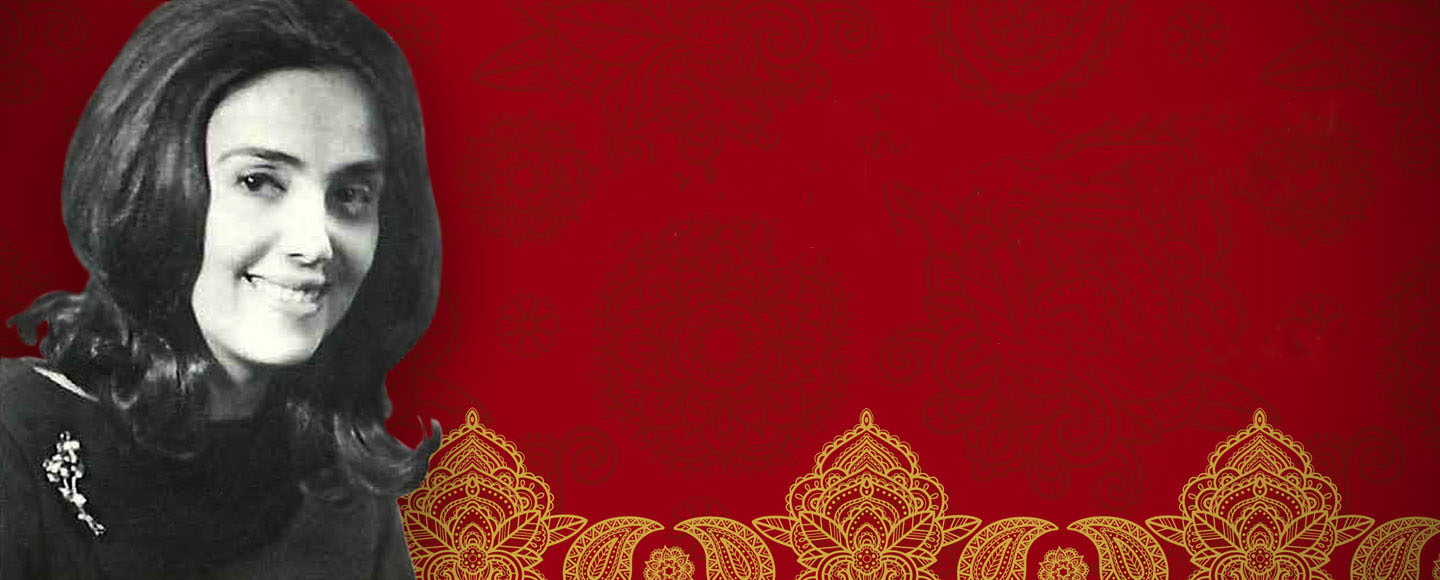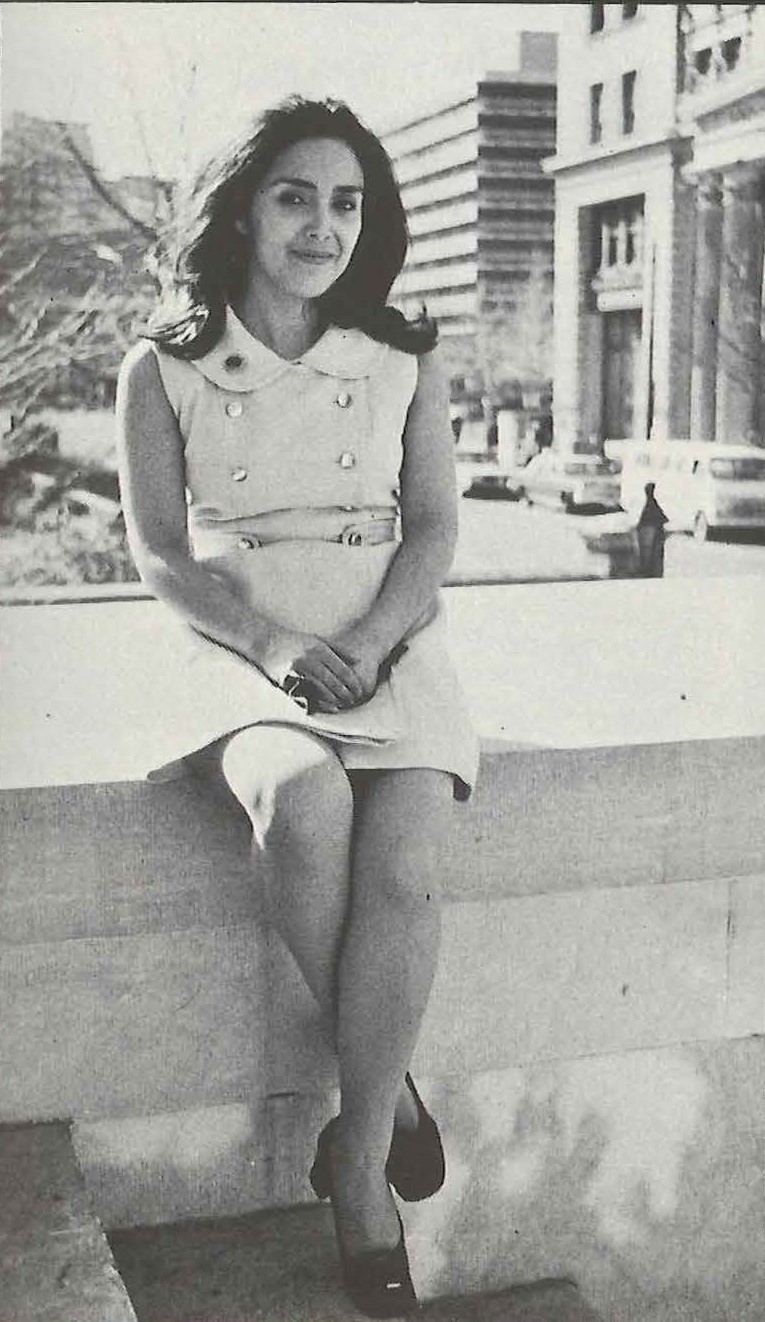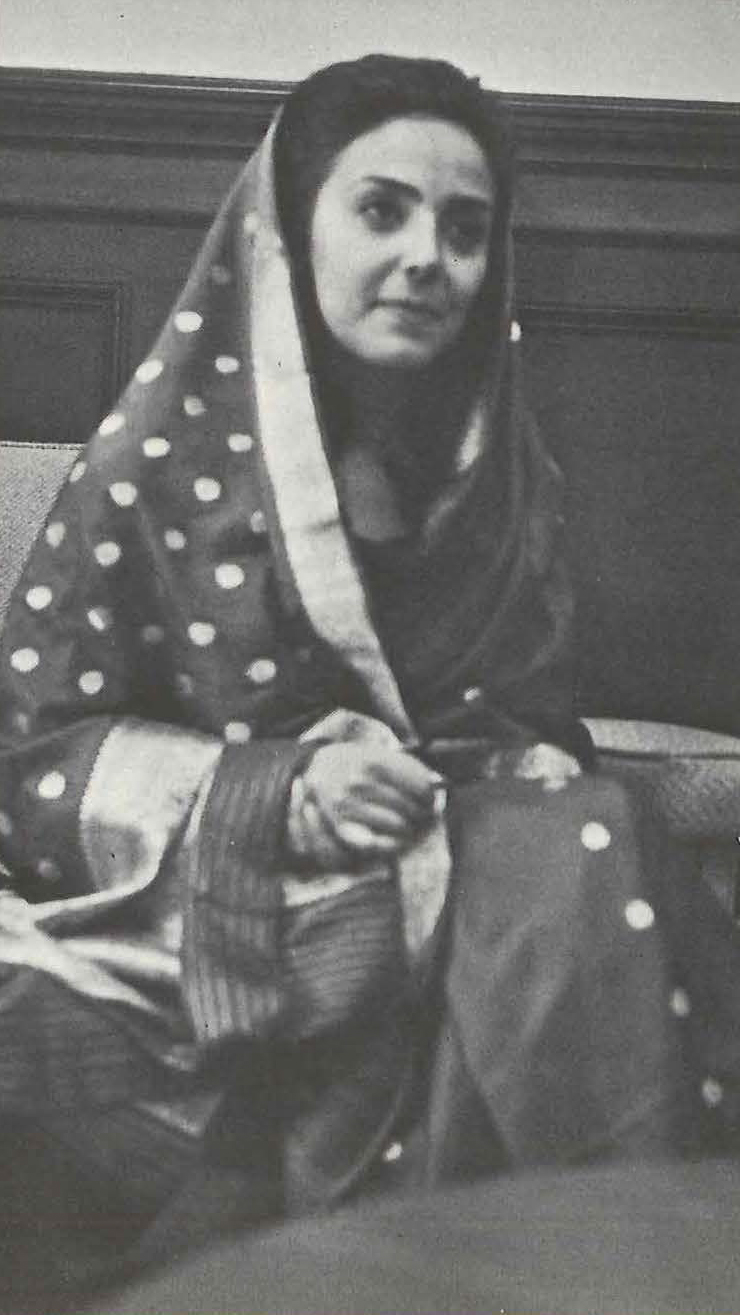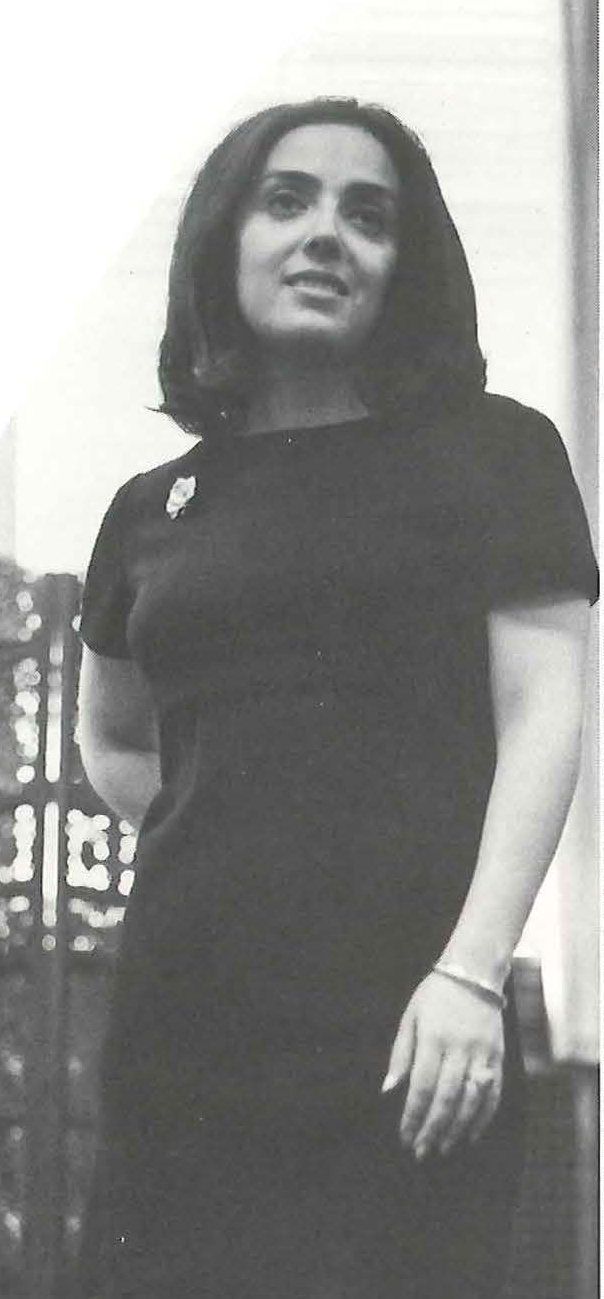Birtan Aka, international banking pioneer

In 1969, The Philadelphia National Bank — now part of Wells Fargo — sent one of its young bankers, 25-year-old Birtan Aka, to establish ties with banks in India and Pakistan. Aka had received training and requested an overseas assignment, but she credits the bank leaders for being open-minded because it was the first time a U.S. bank had assigned a woman banking officer as its representative abroad. As the international representative of The Philadelphia National Bank, or PNB, for Southeast Asia, Aka worked with local bankers to facilitate international banking services such as letters of credit and transfer of funds.

“Oh, you’re looking for a man’s job”
Aka’s busy schedule of meetings with more than 300 bankers throughout India, Ceylon (now Sri Lanka), and Pakistan gained a lot of media attention. The idea of a woman international banker was still a rarity at the time, and on November 16, 1969, The New York Times featured the Turkish-born banker with the headline “A Woman Banker Raises Eyebrows in India.”
In an oral history interview recorded in October 2018 for the Wells Fargo Corporate Archives, Aka recalled her supervisors’ willingness to assign a young woman to a new role and their reaction to her sudden celebrity: “After The New York Times article appeared in 1969, the vice chairman of the bank called me and said how proud he was of me. … I felt accepted. And these people helped me because they were in a position of power. So they could have stopped me, but they didn’t. They didn’t see any reason why I should be stopped since I was capable. I was willing, and I was an eager learner, and I was successful when I went overseas.”
Aka’s territory soon expanded into Africa and the Middle East. She established PNB’s representative office in Tehran, Iran, in 1975 and ran the bank’s business there for two years. After returning to Philadelphia, Aka started an international unit within PNB’s private banking department, handling accounts of large international corporations.

“I got appointments that nobody else could get”
In 1984, Aka left banking to take a position as deputy director of commerce for international trade and investments in Philadelphia’s city government. She also got married and — as Birtan Aka Collier — became a well-known local radio producer and talk show host. “I didn’t mind being a pioneer,” she said, referring to her early trailblazing role in international banking. “American banks caught on very quickly. They began also sending women officers overseas. I wasn’t unique, and I wasn’t alone anymore, but I was still the first.”

“I was really shocking people”